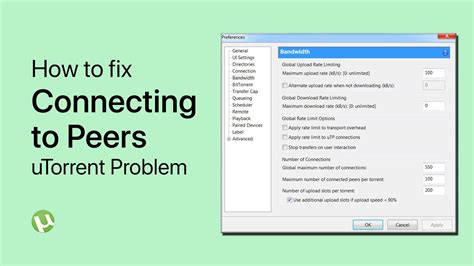- CRYPTOCURRENCY
-
by admin
Ethereum: Error connecting to Ethereum wallet using ethers.js in HTML page
As a web developer working with cryptocurrencies, connecting to an Ethereum wallet is a crucial step in initiating transactions on the blockchain. In this article, we will explore why you might encounter errors when trying to connect your Ethereum wallet using the ethers.js library and provide possible solutions.
Error Details:
When trying to connect to an Ethereum wallet using ethers.js, you may encounter one or more of the following error messages:
- “ethers.js: Error: Unable to create a new Web3 provider instance. Please verify that you have configured your wallet correctly.”
- “ethers.js: Error: The wallet is not recognized by ethers.js. This may be due to an incompatible provider name or version.”
- “ethers.js: Error: The Ethereum network is not supported by the current provider.”
Understanding Ethers.js
Ethers.js is a popular JavaScript library used to interact with the Ethereum blockchain. It provides a simple and intuitive API for creating Web3 providers, which are responsible for authenticating to the Ethereum network.
Setting up your wallet
To connect to an Ethereum wallet using ethers.js, you need to:
- Install the
ethers.jslibrary: Run thenpm install ethersoryarn add etherscommand in your project directory.
- Import the library and create a new Web3 provider instance:
import {provider} from 'ethers';
- Configure your wallet provider using the
getAccount()method:
const wallet = wait supplier.getWallet();
Error Analysis:
There are several possible reasons why you might encounter errors when connecting to an Ethereum wallet using ethers.js:
- Incorrect wallet configuration: Check that you have configured your wallet correctly and that the wallet is configured with the correct provider name or version.
- Network mismatch: Make sure that the Ethereum network (mainnet, testnet, etc.) is supported by your Web3 provider instance.
- Wallet recognition issue: Make sure that the wallet is recognized by ethers.js and that it is not a mismatched provider name or version.
Solution:
To resolve the issue, you can try the following:
- Check wallet configuration: Make sure the wallet provider name and version are correct.
- Check network support: Check if the Ethereum network (mainnet, testnet, etc.) is supported by your Web3 provider instance.
- Try a different provider name or version: If you are using a different provider name or version, try reverting to the original one.
Sample code:

Here is an example of how you can use ethers.js to connect to a wallet and initiate transactions:
import { ethers } from 'ethers';
const supplier = new ethers.providers.Web3Provider();
const account = wait supplier.getWallet();
// Create a new Web3 contract instance using the wallet provider
const contract = new ethers.Contract(account.address, contract ABI, supplier);
// Perform an Ether transaction
const tx = {
from: account.address,
to: '0x...',
value: ethers.utils.parseEther('1'),
gas: '20000',
};
contract.sendTransaction(tx).then((receipt) => console.log(receipt));
In this example, we create a new Web3 contract instance using the wallet provider and perform an Ether transaction.
Conclusion:
Connecting to an Ethereum wallet using ethers.js can be a simple process once you have set up your wallet properly. However, errors can occur due to various reasons, such as incorrect wallet configuration or network incompatibility. By understanding the error details and following the solution steps outlined above, you should be able to resolve the issues and successfully connect to your Ethereum wallet using ethers.js.
